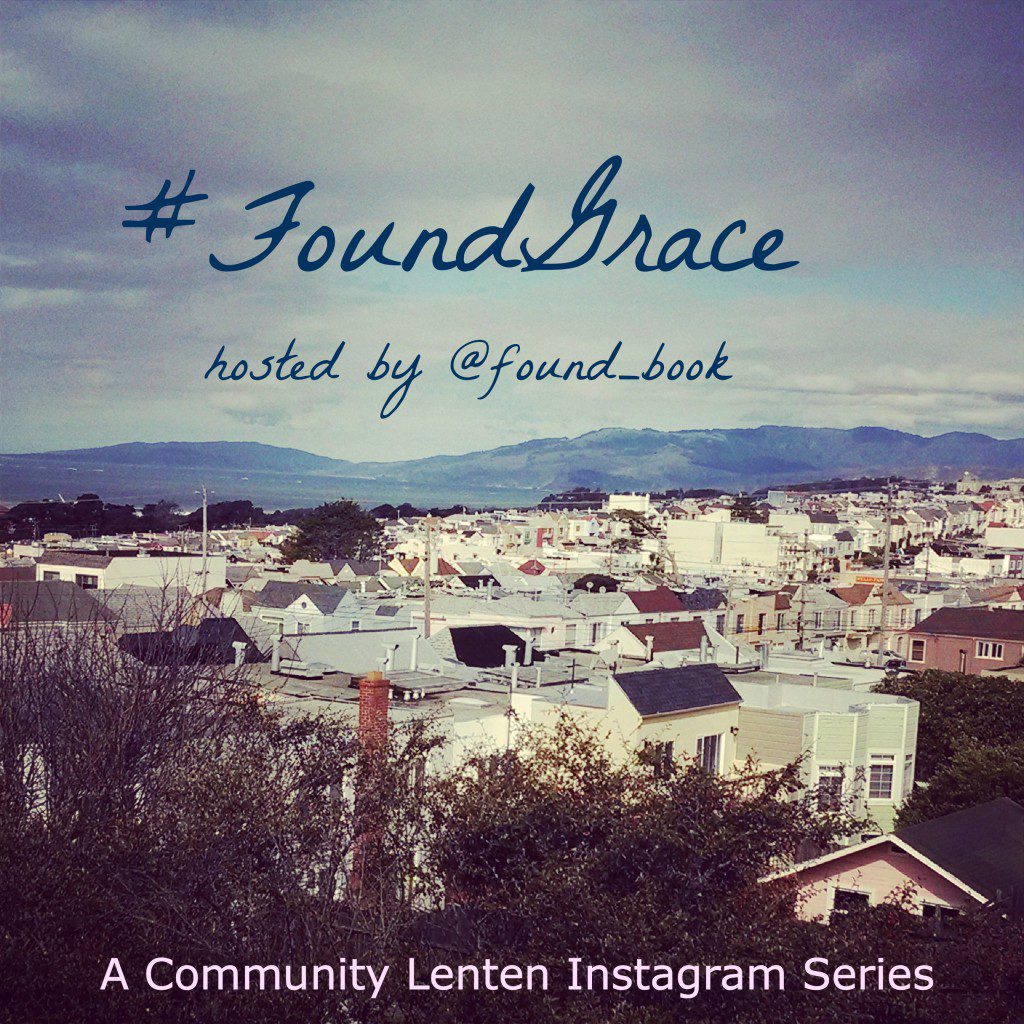When I first began to follow the seasons of the Church, I was surprised to find that Easter was not intended to be a one-day festivity, but was set up as a seven-week period of celebration. I love that we don’t just prepare ourselves for a day of commemorating Christ’s resurrection, but we live in it for a while. We marinate in the stories of those who encountered Christ in his post-resurrected body. We have time to not only meditate on the fact that Jesus died (which often tends to be our evangelical emphasis), but recognize daily what it means that he lived, that he lives.
I mentioned yesterday having read 1 Corinthians 15 in the morning. I spent some time with it today as well. (It’s part of today’s daily reading in The Book of Common Prayer. At least I think it is…I’m never quite sure if I’m on the correct year for scripture readings…if someone know how to tell, teach me!) This reading is wonderful for me to hear today, and straight from my pastor’s fantastic sermon this past Sunday.
“If Christ has not been raised, then our preaching is in vain and your faith is in vain” (1 Corinthians 15:14).
It’s taken me about thirteen years of prayer and struggle to be able to confess that if anyone wrestles to believe that Christ has been raised, it’s me. I’m the worst kind of doubter…the church-going kind. The kind who teaches Bible studies. The kind who smiles knowingly, nodding her head during praise songs and memorizes passages of the Bible. I’m the doubter who fools you into thinking I’m the best kind of believer.
And so, during this season of Easter, I always most identify with Thomas. I know that if I had been among the disciples, I would have been the one doubting Christ’s resurrection, except I would have been hiding it politely. I appreciate Thomas’ bravery, his willingness to demand something from his friend, Jesus. And I appreciate that Jesus loves him in his honesty and his need for proof.
That’s why I love this painting by Caravaggio. I could probably say that it’s my favorite painting of all time. I love it for its grotesqueness and darkness. I love it for Thomas’ goofball face. I love that Christ is not only allowing Thomas to place his “hand into his side,” but must be suffering in order to allow it (John 20:25). It can’t feel good to have a man’s finger knuckle deep in a scab. I don’t pretend to understand how Christ’s new body worked, how he was new and more beautiful, yet still bearing his death scars. But I can imagine that if his scab was anything like our scabs, it would have had to have been reopened in order for Thomas to stick his hand in there. It would have been painful. And Caravaggio has managed to paint a Jesus who can at once feel that pain and offer himself in love to his friend (once again).
What I love about my own doubt, what I’ve come to appreciate about the brain God has given me, is that it forces me into a daily choice. To quote my pastor: “Of Jesus you can either say, ‘He is of no value,’ or ‘He is of ultimate value.’ You can’t say, ‘He is of some value.’”
There’s no room for moderation in the Resurrection story. Either it happened or it didn’t. Either Thomas put his hand in Christ’s side or Jesus’ bones are lying in a cave somewhere. Our faith in Christ is everything or it’s nothing. Either Jesus came back to us in a powerful, glorious new body and in turn, we will live a renewed, restored, more beautiful life after this one, or there’s nothing; and according to Paul in 1 Corinthians, we’d be better off to “eat and drink, for tomorrow we may die.”
I am choosing today in a God who makes himself vulnerable in the Resurrection: vulnerable to our doubt and vulnerable to our fingers forced through his scab over and over. He knows we need to be reminded that his love for us extends into our fears and broken places. And for me that means being brave enough to approach him and ask for the reminder.











